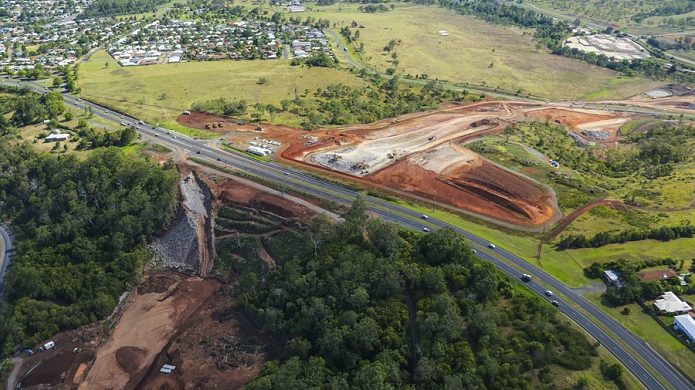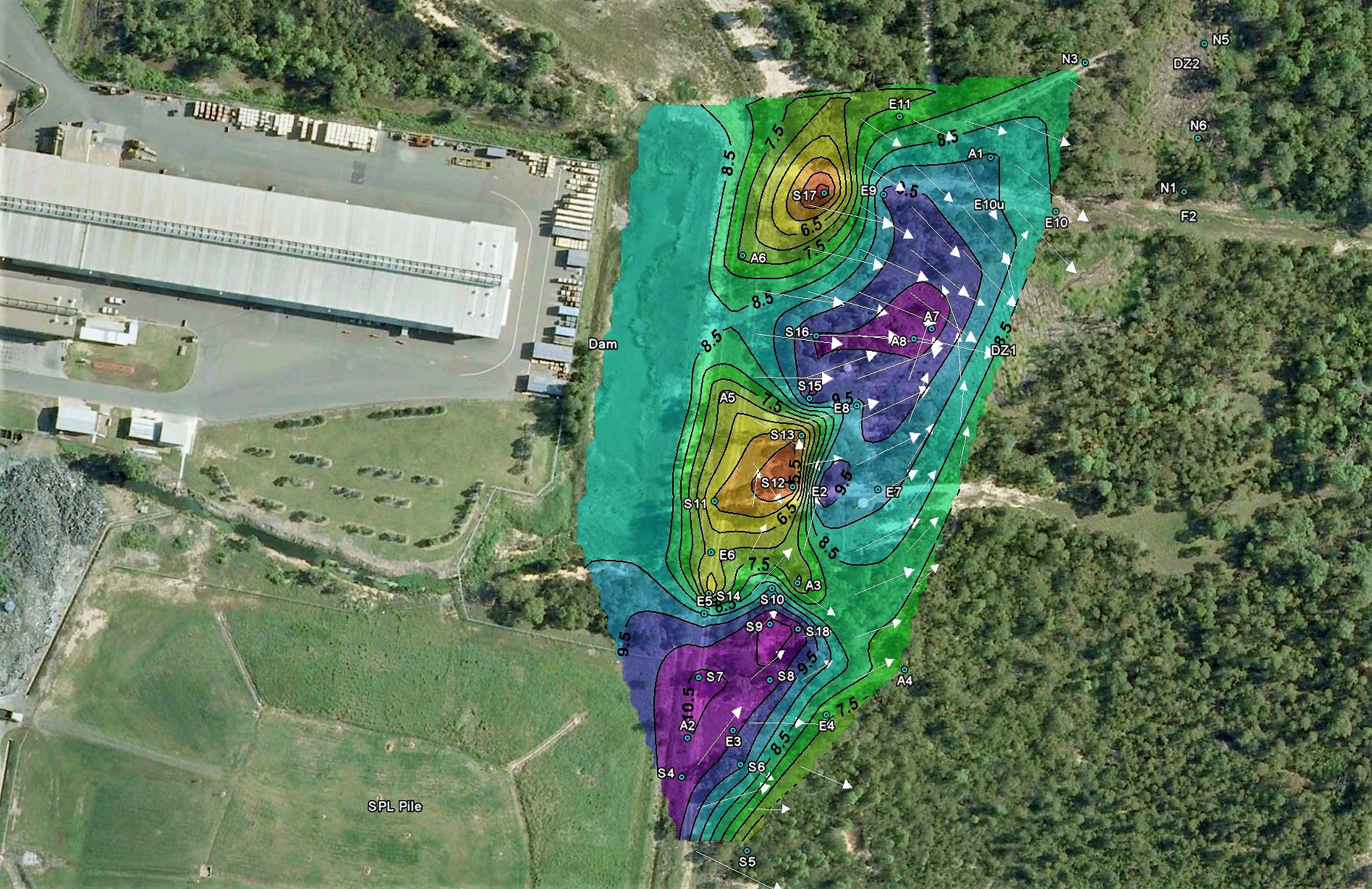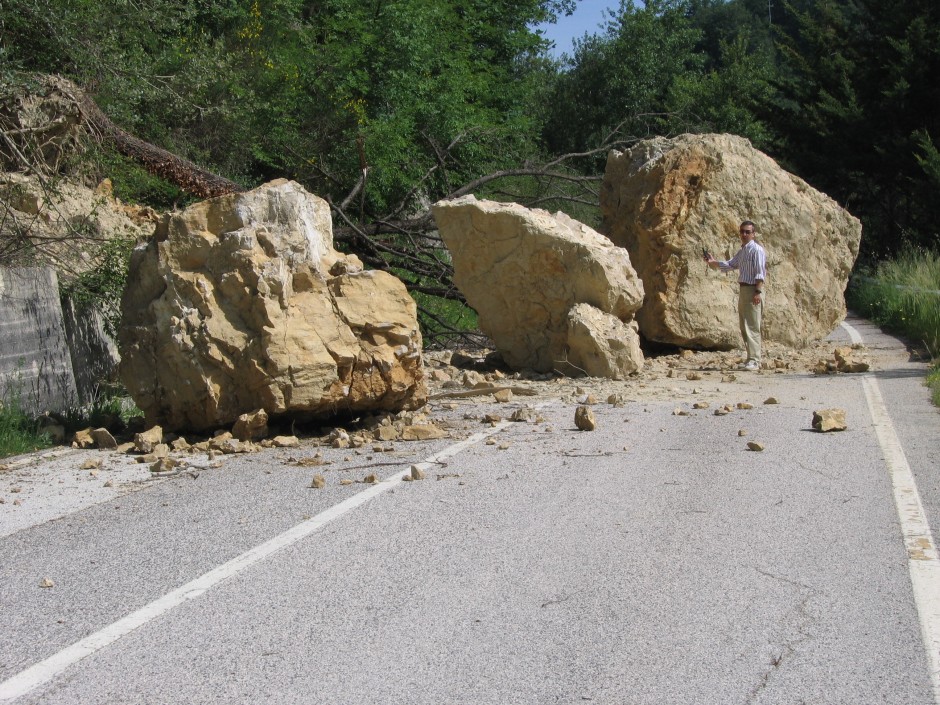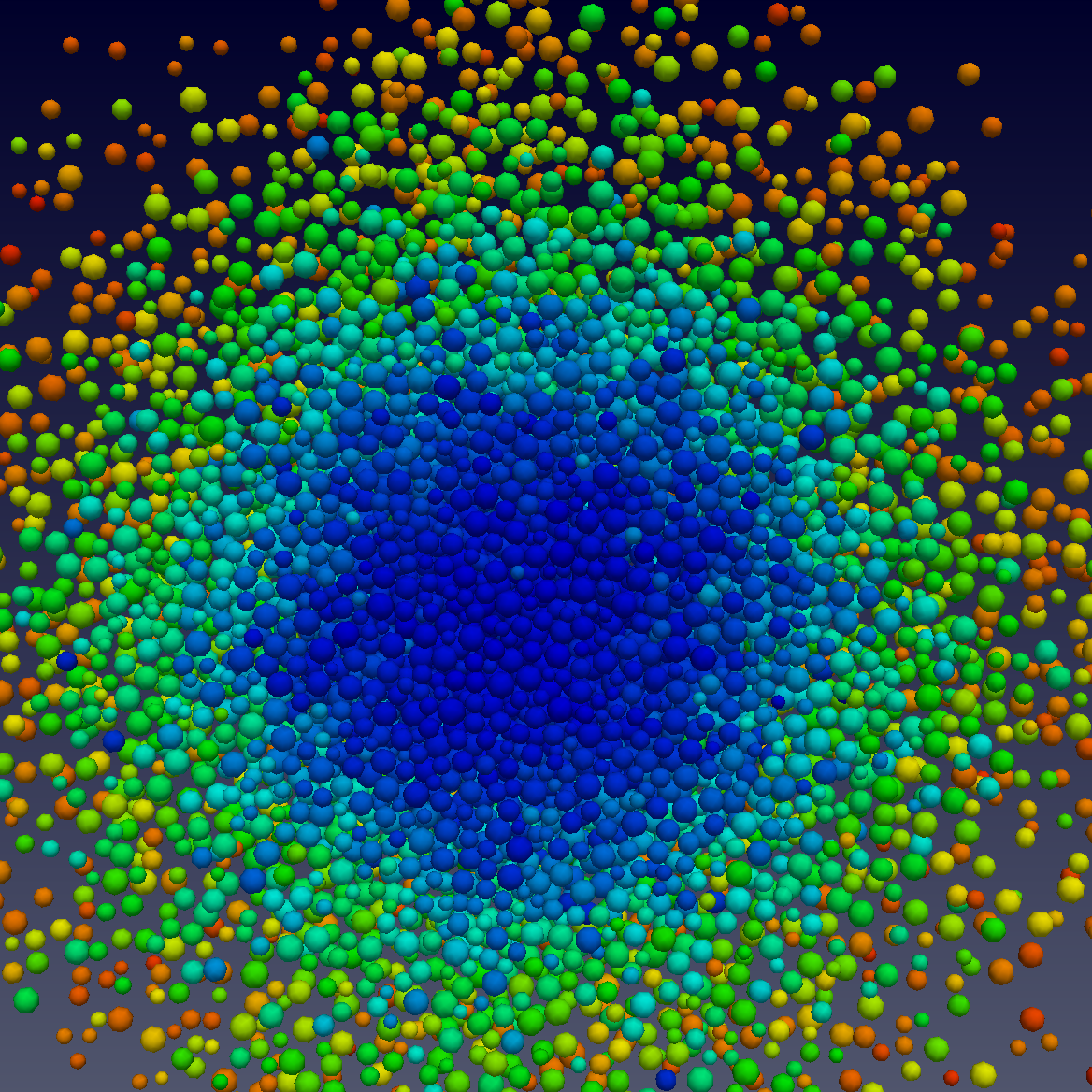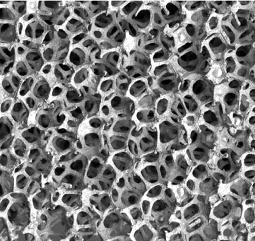Centre for Geotechnical Science and Engineering

Research Strengths
Leading Research in Geomechanics
The Centre for Geotechnical Science and Engineering focuses on the development of innovative test procedures, field monitoring techniques, mathematical models, and computational methods to predict the behaviour of soils, rock and other materials. By linking two of Australia’s leading research teams, namely the Geotechnical Research Group and Diffusion in Solids Group, the Centre is uniquely equipped to study a range of problems with length scales that vary over several orders of magnitude. The outcomes of this research are delivering improvements in the safety, efficiency and reliability of civil infrastructure and mechanical technology.
The Centre is currently conducting research in five key areas:
Geoinfrastructure
Key research areas include:
- Unsaturated soil mechanics
- Rock mechanics
- Soft soil engineering
- Pipelines crossing geographically challenging environments
- Ground improvement for infrastructure on soft or problematic soils
- Hazard assessment and risk mitigation for landslides, rockfalls and debris flow
- Utilisation of underground rock face stability
- Stochastic optimisation of construction and performance of built infrastructure
- Infrastructure on problematic soils and rocks
- Renewal and remediation of ageing infrastructure
- Recycling of construction waste for geotechnical purposes
Geoenvironment
Key research areas include:
- Futureproofing infrastructure against climate change
- Mine subsidence and groundwater (including waste dumps)
- Particle characterisation of granular materials
- Environmental geotechnics of coal mine spoil
- Mechanics of hard and soft soils
- Landslides and rockfall
Georisk
Key research areas include:
- Rockfall hazard and risk mitigation
- New technologies for remote and continuous monitoring of slope movements
- Efficient numerical and probabilistic methods for risk assessment in geotechnical engineering
- Probabilistic geotechnical site investigation using geotechnical, geophysical and geological information
- Reliability analysis of geoinfrastructures based on site investigation data
- Risk assessments and early warning systems of rainfall induced landslides
- Landslide susceptibility prediction of regional landslides
- Data-driven predictive maintenance for rail track
- Bayesian back analysis for settlement of prediction of embankments built on soft soils
- Reliability updating of single piles and pile groups based on load tests
- Novel probabilistic characterisation of complex joint structures for the optimisation of mine operations
Computational Geomechanics
Key research areas include:
- Limit analysis methods
- Particle Finite Element analysis methods
- Phase-Field Finite Element analysis methods
- Discrete element and discontinuous deformation analysis methods
- Adaptive coupling of continuum and dis-continuum methods for dynamic analysis
- Discrete modelling (DEM) of bonded and unbonded granular materials
- Discontinuum Deformation Analysis (DDA)
- Adaptive coupling of continuum and discontinuum methods for dynamic problems
- Dynamic impact problems and fragmentation
- Soil-machine interaction problems
- Soil-inclusion and soil-structure interaction problems
- Dynamic coupled finite element analysis for soil structure interaction problems
Materials
Key research areas include:
- Thermal transport in Composites and Porous Media
- Investigation of Mass Transport in High Entropy Alloys
- High Energy Density - High Delivery Rate Thermal Energy Storage
- Increasing Solar Power Efficiency
- Maximising Metallic Foams
The University of Newcastle acknowledges the traditional custodians of the lands within our footprint areas: Awabakal, Darkinjung, Biripai, Worimi, Wonnarua, and Eora Nations. We also pay respect to the wisdom of our Elders past and present.
